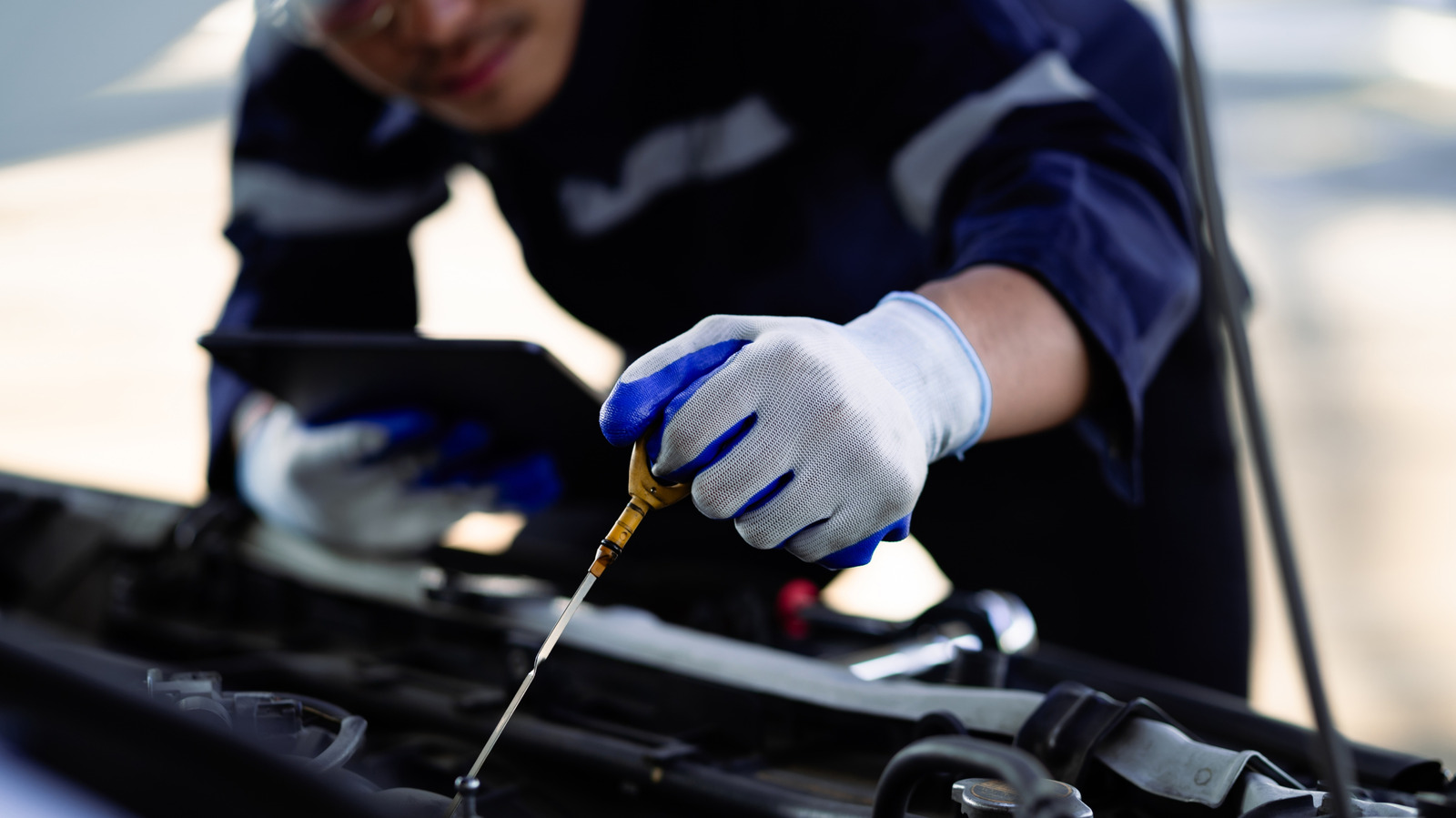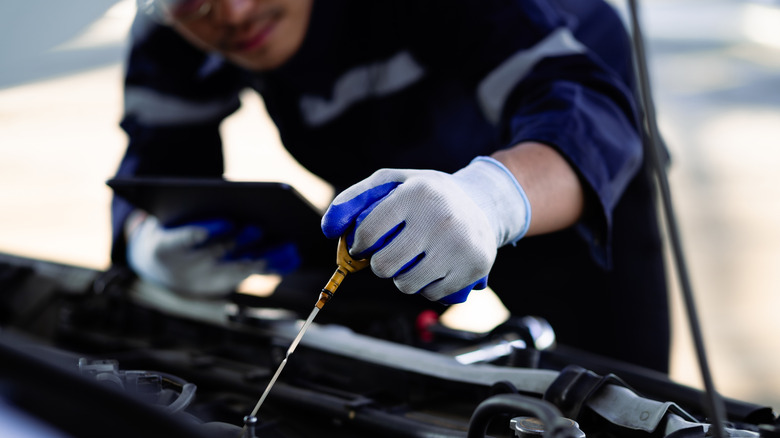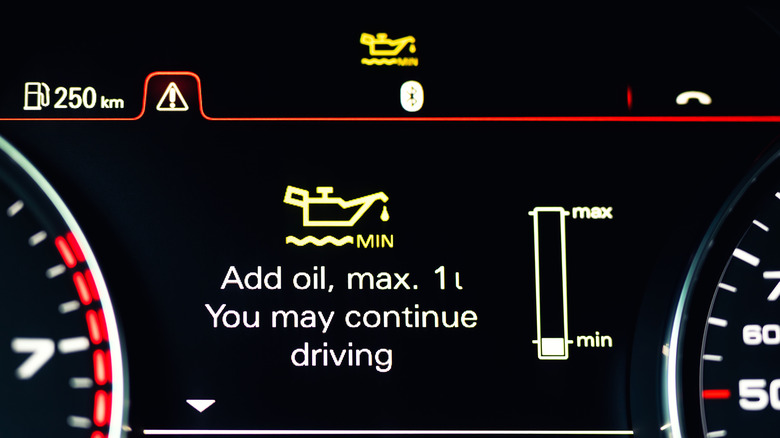Ever wondered when your last oil change was and needed to check the oil level? Most of us don’t have this problem — when we take a car in for an oil change, the mechanic will usually put a sticker on the windshield to let us know when’s the next time to come in for a visit. But let’s say we don’t have a sticker or any kind of maintenance reminder. So we pop open the hood and look for the dipstick. Wait … where did it go?!
Once, dipsticks were the go-to method for checking oil levels and finding out if your oil has gone bad. But as odd as it may sound, many cars don’t come with dipsticks anymore. Some sources say it’s because automakers don’t trust us to use them, so why make them? (That’s kind of along the lines of rather have it and not need it than need it and not have it, right?) Or maybe it’s some kind of conspiracy to keep drivers coming in for oil changes more often. But in actuality, it’s because a lot of things are going digital.
Dipsticks are disappearing in the auto industry’s digital age
“With digital oil level measurement, customers can easily monitor their vehicle’s oil level in their vehicle’s driver display and receive timely alerts if oil level is outside normal limits,” Mercedes-Benz spokesperson Andrew Brudnicki told Automotive News Canada in 2024 (via SlashGear). “This proactive approach helps to avert potential engine damage.”
It may just be us, but technology doesn’t fix everything. Sometimes, one solution can undo all others. Using the dipstick was fast and easy. Some cars even had dipsticks for checking transmission fluid. Now, drivers are left to rely on a touchscreen to know if their car needs oil. It sounds simple, but what if the touchscreen isn’t working. What if the car is off? It sounds like auto manufacturers thought getting out and checking oil was a problem that needed fixing, but we haven’t heard any complaints.
If anything, consumers are angry about the new change. These systems aren’t very reliable, especially when it comes to the sensors they use to measure oil level. Some consumers have complained about inaccurate readings, with the system suggesting they add in a quart of oil, only to end up overfilling the oil pan. Others have checked the oil level before and after adding oil, and the system measured much more oil than what was poured. Modern cars are beginning to rely on the engine computer to check oil level and engine condition, but it seems these systems are already becoming a problem.




